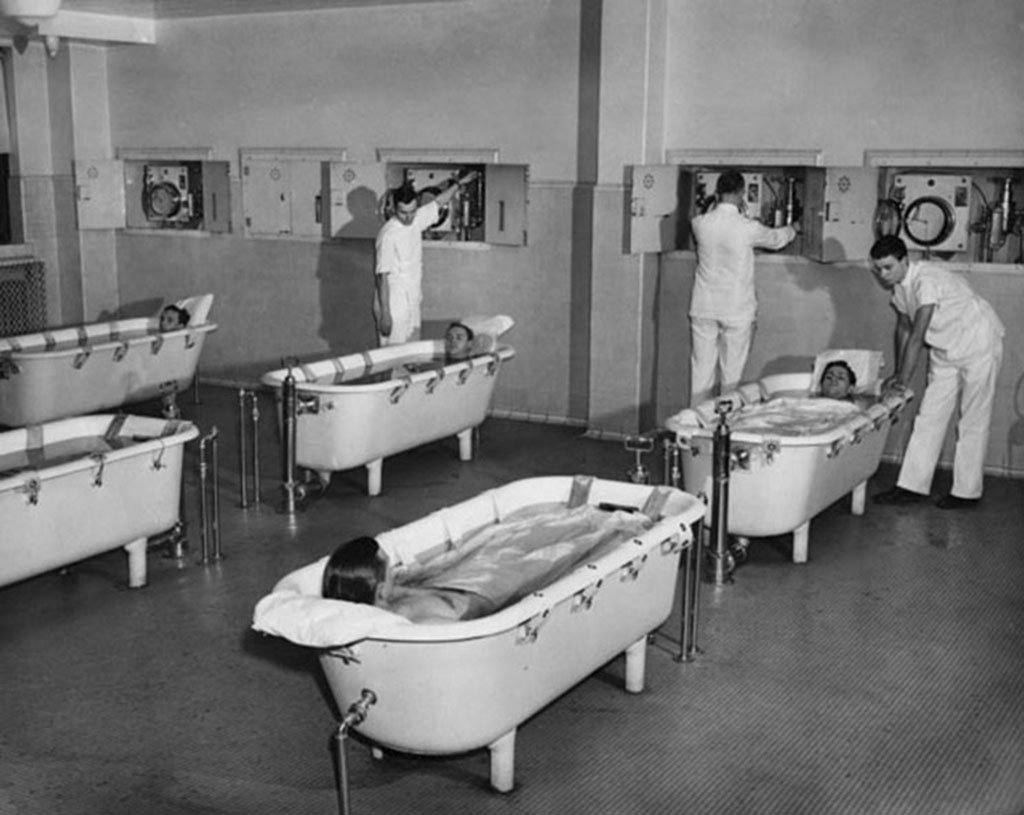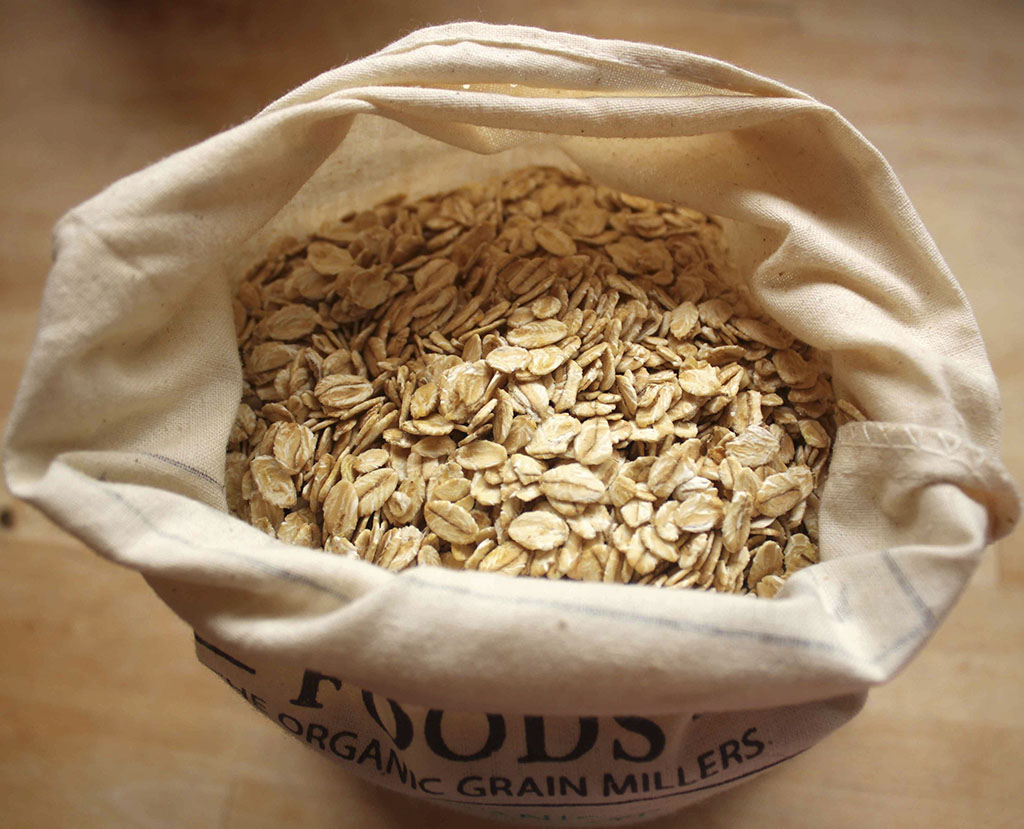Scotland has seen its fair share of fads aimed at fixing all that ails us.
While some have stuck around, we can be glad that others have failed to last the distance.
Here’s 10 treatments that would either kill or cure… or do nothing at all!
1. Hydrotherapy

Water therapy came to Scotland in 1843 by Captain R. T. Claridge with lectures given in Glasgow, instructing people how to reap the benefits of this ancient form of treatment. Some opted for lochs in the Scottish highlands although many made the most of newly-built indoor baths, specialising in hydrotherapy. In recent times, ice baths have become more popular in sporting circles, although former Scotland cap Gregor Townsend was noted for once being instructed to sit in the middle of the Gala Water to help aid recovery .
2. Wearing rubber
Everything from shirts to corsets had a rubber alternative in the 19th century after the material increased in popularity during the industrial revolution. Both men and women adopted the new craze which was surprisingly popular in Edinburgh. It eventually died out in the First World War when rubber was desperately required for the war effort and the fad never picked up again despite an attempted revival in 1924.
3. Vinegar
Made popular in the Victorian era by Lord Byron, one of the first celebrity dieters, this apparently helped cleanse the system of the poet who grew up in Aberdeen. Potatoes would also be consumed in an attempt to reduce the impact of side effects from drinking the highly acidic brew. Despite this, Byron still suffered from vomiting and occasional diarrhoea.
4. Radium
Proved popular in the early 20th century as a means of giving yourself a ‘natural glow’. The poisonous element could apparently be found in everything from cosmetics to wool for baby clothes. The only reason most people avoided death or illness was because the majority of manufacturers lied about including radium in their products due to its high price and so used a cheaper (and safer) alternative.
5. Sanitariums
Not the type used to recover from severe illness, a place described as a sanitarium in 1900 was a sort of spa, although methods of treatment were rather different compared to the present day. Although bathing remains popular, mild electric shocks as a form of healing have, unsurprisingly, died out. A place for people to relieve their sick spirit, it failed to really catch on and all but disappeared in the 1930s.
6. Oats

A staple of the Scottish diet in the 19th century, it soon emerged that oats can help aid insomnia and so, having a couple of oatcakes late in the evening became the norm for those who struggled to sleep. Newer products on the market may be more effective, but don’t let that put you off having an oat-based snack before bed.
7. Tear catchers
Thought of as a way to mourn in the Victorian era (and especially popular in Scotland), you would cry your tears into a small vial which, when filled, would be left out with a special stopper to aid slow evaporation. Once your tears had completely evaporated, the period of mourning was over.
8. Seaweed
In Aberdeenshire, seaweed would be harvested and then boiled in milk and honey to help those with fl u-like symptoms. Although the treatment was seldom used in the 20th century, modern research has indicated that seaweed holds special thyroid stimulating properties, meaning it has quickly grown in popularity.
9. Hair treatments
Women in the west of Scotland were known to wash their hair with nettles in order to keep it strong and avoid dandruff. Meanwhile, in the east, washing the scalp with a decoction of dock roots was popular with those suffering from hair loss. Nowadays, jojoba oil has replaced these plants and is used in modern hair products to avoid scalp irritation.
10. Ericaceae
The family of flowers, which include heather, were for a long time used in Scotland to help with the relief of coughs. It was also possible for it to be used as a tonic nervine for bouts of depression. However, Cancer Research UK has recently mentioned Ericaceae on its website as being a herbal medicine ‘with no scientific evidence to suggest it can help control, cure or prevent any type of disease’…
TAGS

